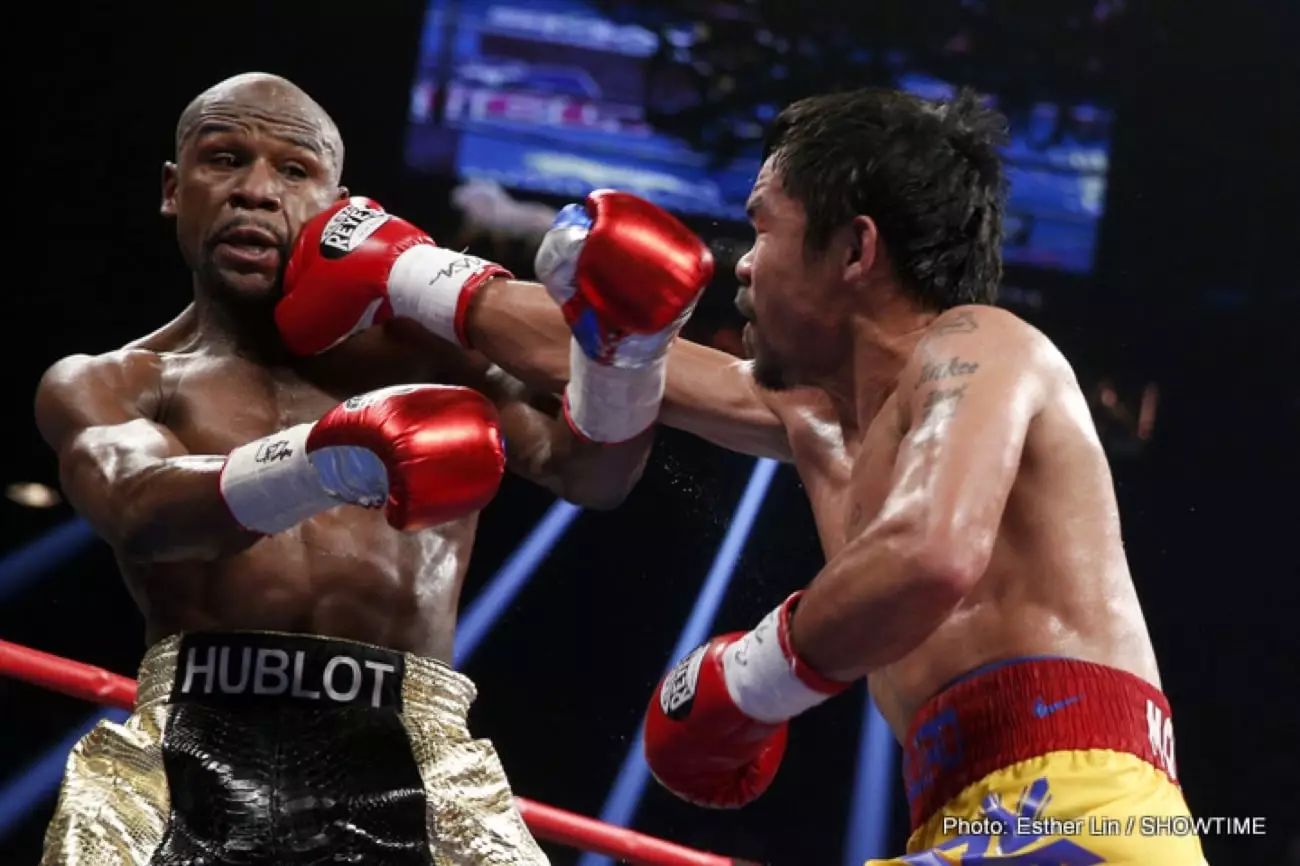In the annals of boxing history, few matches generate as much anticipation as those labeled as “fights of the century.” The term carries with it a weighty expectation—an implied promise of action, drama, and history-making heroics. In March 1971, when Muhammad Ali faced Joe Frazier, the fight not only met the colossal hype but exceeded it, delivering a memorable clash that etched itself forever in the minds of boxing fans. Fast forward to May 2, 2015, where the momentous encounter between Floyd Mayweather and Manny Pacquiao, despite all the buildup and promise, turned out to be an anticlimactic event that left many disillusioned.
Boxing aficionados had waited years for this match, believing it would crystallize an era of two legends in the ring. The excitement was palpable—social media buzzed, nostalgic boxers weighed in, and pundits debated the futures of both fighters. Yet, what many failed to grasp while celebrating the announcement was that the best versions of the fighters might already be past their prime. The fact that these titans clashed only after years of build-up raised eyebrows, and when the time finally arrived, that skepticism unfortunately proved to be justified.
Expectations vs. Reality: The Fight Itself
As the fighters stepped into the ring at the MGM Grand, the atmosphere was electric, a charged concoction of hope and doubt. Mayweather, flaunting an impressive undefeated record, entered the arena as a meticulous strategist, while Pacquiao, the explosive southpaw, was known for his dynamism and intensity. Fans were primed for a showdown that would redefine their legacies, but instead witnessed a tactical maneuvering affair dominated by Mayweather’s defensive genius. Gone were the thrilling exchanges and nail-biting moments; they were replaced by a cautious Mayweather, who smartly outpointed an injured and hampered Pacquiao.
Complicating matters, underlying issues added to the sense of disappointment. A shoulder injury that Pacquiao suffered during training raised questions over whether the match was a true representation of his abilities. On the flip side, Mayweather’s IV fluid use, permitted yet controversial, altered the narrative even further. Speculation surrounded both fighters’ preparedness, creating an unfortunate backdrop to what was meant to be the fight of a generation.
A Legacy Compromised
After twelve long, tiresome rounds, fans were left staring at the scorecards—Mayweather declared the victor with a unanimous decision. The figures only added to the bitter aftertaste: 118-110, 116-112, 116-112. The stat sheets favored Mayweather’s defensive proficiency, yet little fulfillment was derived from observing a champion merely evade rather than engage. The disappointment resonated particularly strongly in the Philippines, where nearly half of the nation’s households tuned into the match, only to see their champion underperform on a stage that demanded brilliance.
What’s more, this wasn’t just an isolated disappointment—its ramifications stretched throughout the sport. Analysts and fans alike were left pondering what could have been if the showdown had occurred during the height of both fighters’ careers. In retrospect, many argue that the bout’s timing led to a tarnished legacy for both athletes. Mayweather, though cementing his status as a pound-for-pound king, left observers questioning whether the acclaim was truly deserved, while Pacquiao exited the ring with bruised pride and a legacy marred by circumstance.
The Cost of Hype and Timing
No doubt, the Mayweather-Pacquiao bout will stand as an uncomfortable reminder of boxing’s tendency to disappoint. In an age where every ticket sale is scrutinized and every social media post is analyzed, “The Fight of the Century” lost its luster, revealing the cost of incessant hype and poor timing. Would we have preferred a glorious clash in 2010, while both fighters were still dazzling in their prime? It’s a resounding “yes” from many corners of the boxing world.
Ultimately, this bout serves as more than just a disappointing result; it raises essential questions about the sport’s future dealings with marquee matchups. Boxing promoters must consider how the notion of a “superfight” can lead to misaligned expectations. While hype can fill arenas and drive pay-per-view numbers, it must be balanced with the athletes’ prime timing for actual greatness to be realized in the ring. The weight of expectation should never overshadow the sport’s integrity and the artistry that legends bring into it.


Leave a Reply